Ssreek
Adept
Is it Bosch c3?I have the smaller bosch charger, it works well for our little car battery when we forget to take out for a weeks or months at a time.
Is it Bosch c3?I have the smaller bosch charger, it works well for our little car battery when we forget to take out for a weeks or months at a time.
I've sunk in 10k with used batteries so far (bought the second one after my last update here) so it's more likely that I'll change the inverter. Maybe do some kind of exchange with a reseller on OLX. Or buy a new inverter on EMI that does have a charge setting/profile for SMF.
The Optimus and iCruze models have solid state switching when power cuts out, just like the older Cruze+ models, so my entire fleet of systems remain online even at load.
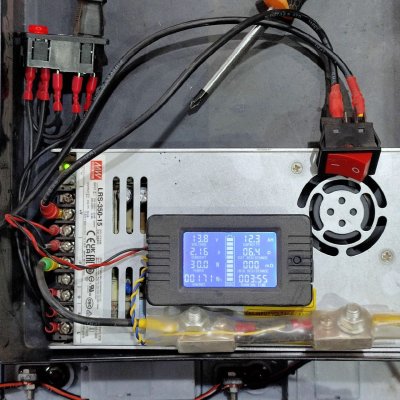
The only real advantage of Lead acid is that it is cheap and can provide an insane amount of current, like 500amps which is useful for starter motors in vehicles. Apart from that, the chemistry just sucks.It's taken four hours to add a paltry 12Ah to the 26x4 = 104Ah batteries! The batteries simply won't accept a faster charge even though this power supply is more than capable.
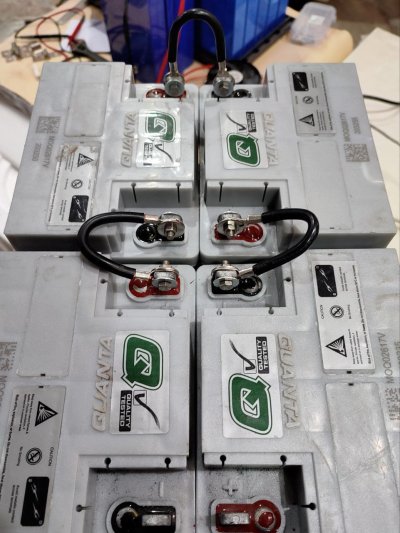

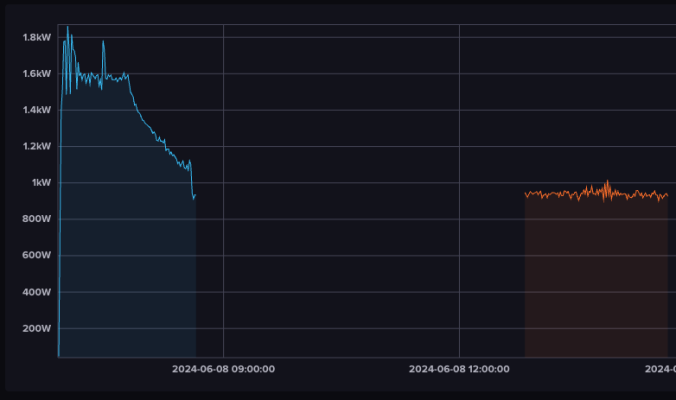
integral(unit: 1h) function to calculate the area under these two graphs to get Wh (?) consumption numbers:| normal | _field | _value | _start | _stop |
| Power | 1711.57270361111 | 2024-06-08T12:50:00.000Z | 2024-06-08T14:40:00.000Z | |
| charging | _field | _value | _start | _stop |
| Power | 2458.78310972222 | 2024-06-08T06:50:00.000Z | 2024-06-08T08:40:00.000Z |
I will be interested to see how the tasmota-based wifi battery monitor functions . awaiting the detailed build log and would low to try this for my battery bank as well.
 techenclave.com
techenclave.com
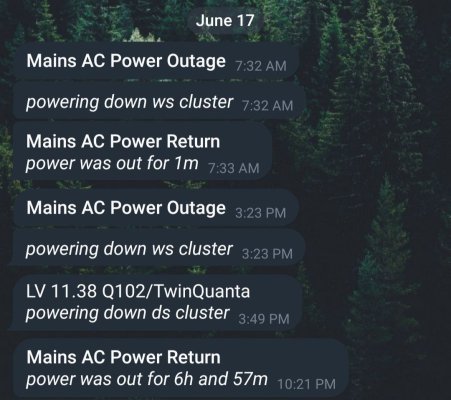
Any tool or metallic object could fall in between the terminals and cause a short, leading to a fire.
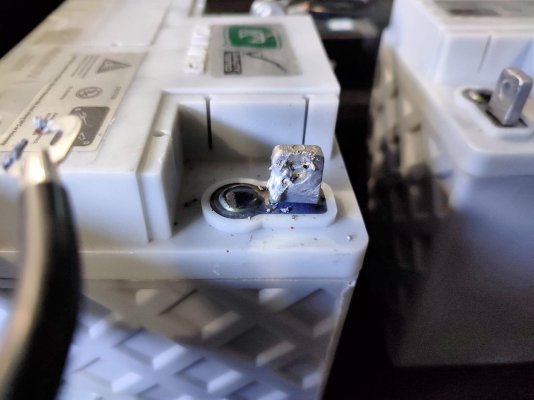
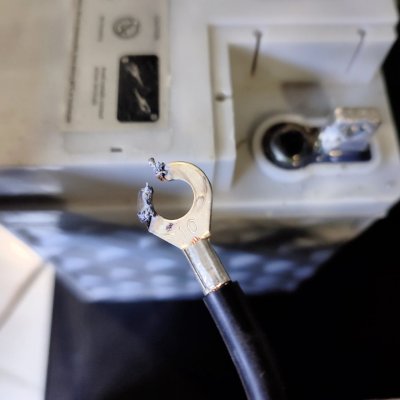
Preferably temporarily insulated until the move was done.
So when I went to remove the other connecting wires, the wrench shorted the two halves and this loosely touching terminal arced and melted along with part of the battery terminal.
Fwiw, you could attempt ML on the video feed such that when the water level drops and the indicator falls below green, you can trip a notification.The 2kva Luminous inverter I got sometimes trips and shuts off due to overloading, and I needed to monitor that, so I set up a simple ESP32 cam pointed at the display ha. It works well enough but a maybe an actual security camera would be better and cost a little bit more, around 1k.
any camera from tp link would work?Fwiw, you could attempt ML on the video feed such that when the water level drops and the indicator falls below green, you can trip a notification.
I'm not sure if an ESP32 can handle this, but a Pi Zero definitely can.
